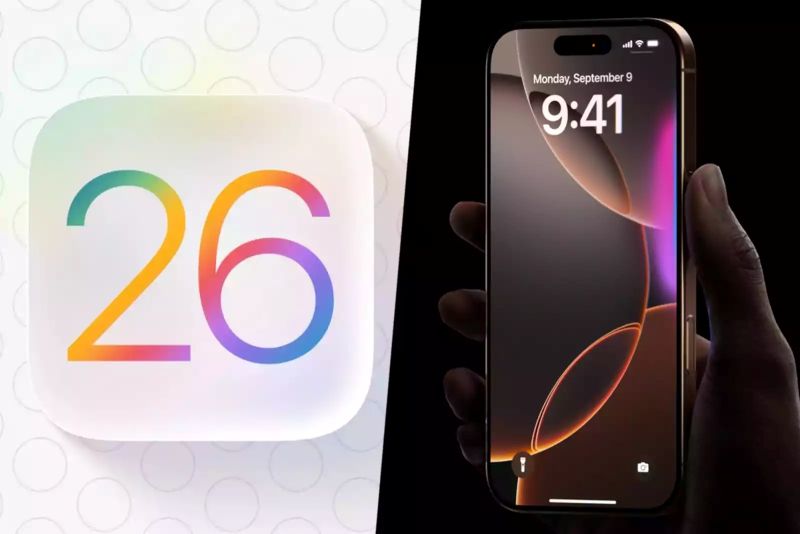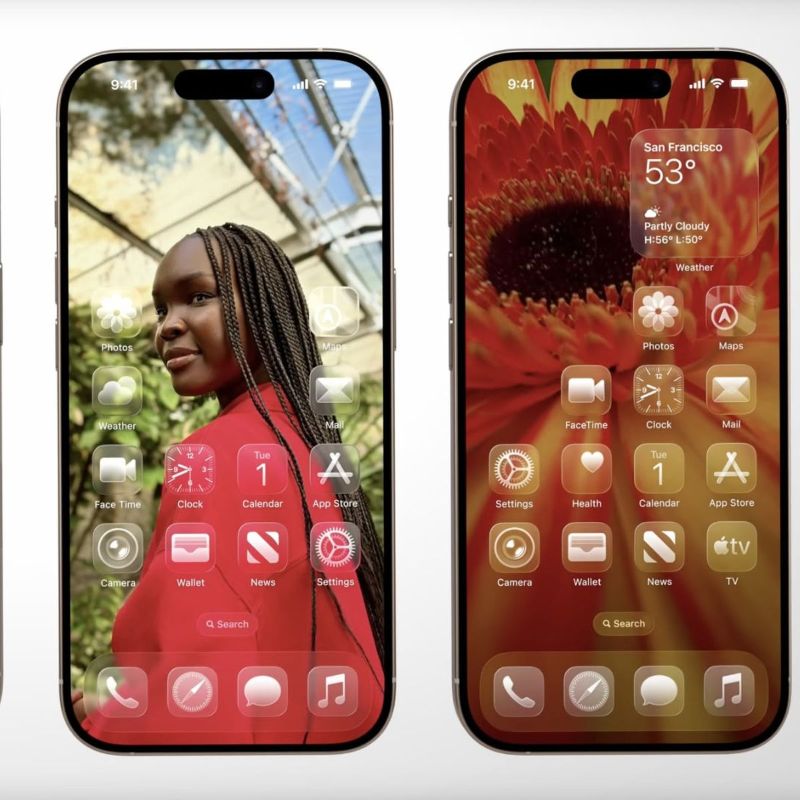Apple’s annual Worldwide Developers Conference (WWDC) has always been a stage for game-changing software innovation—and iOS 26 is no exception. The latest iteration of Apple’s mobile operating system, set to roll out later this year, represents a massive leap forward in intelligence, personalization, and integration. With a major focus on on-device AI, user autonomy, and expanded interoperability, iOS 26 is Apple’s boldest response to the rapidly evolving smart ecosystem era.

Let’s explore what makes iOS 26 a monumental release—and how it’s poised to transform the iPhone experience.
Apple Intelligence: AI Becomes Native
Perhaps the most talked-about advancement in iOS 26 is the introduction of Apple Intelligence, Apple’s long-anticipated suite of AI features. Rather than joining the AI race by copying competitors, Apple has doubled down on its core strength: privacy-centric, on-device processing.
Apple Intelligence will power a new range of capabilities—from writing assistance in Mail and Notes to content summarization, notification prioritization, smart replies, and image generation. Think of it as your very own intelligent assistant that actually understands context and your personal preferences—all without compromising your data.
For instance, iOS 26 can summarize lengthy group chats, recommend personalized app actions based on your routines, or suggest email replies that mirror your tone. All of this is done securely on your iPhone, thanks to Apple’s new on-device large language model (LLM) optimized for the A17 Pro and Apple Silicon chips.
A Smarter, More Human Siri
In iOS 26, Siri finally receives the long-overdue overhaul users have been waiting for. With deeper integration of Apple Intelligence, Siri now feels more like a human assistant than ever before. You can now speak naturally, interrupt mid-command, or backtrack, and Siri keeps up contextually.
More importantly, Siri now has app awareness and cross-app control. Want Siri to pull up a PDF from your Files, summarize it, and send a message to your boss? She can do that—all in one fluid, voice-based workflow.
Siri is also visually updated with a sleeker floating interface and new animations, helping her feel more embedded into the iOS experience rather than a separate overlay.
Writing Tools for Everyday Use
One of the most practical updates in iOS 26 is the system-wide Writing Tools, which bring AI-powered grammar correction, rephrasing, and tone adjustment into any app that uses text input. Whether you’re drafting a social media post, composing an email, or journaling in Notes, these tools help polish your writing instantly.
You can even toggle between tones—professional, casual, or friendly—making communication across contexts smoother and more efficient. Combined with smart autocomplete and predictive suggestions, iOS 26 makes typing faster, more accurate, and more expressive.
Image Playground: Creativity Without the Complexity
Another big reveal in iOS 26 is Image Playground, a fun and intuitive tool that allows users to generate images directly within apps like Messages, Notes, and Keynote. Choose from three distinct styles—animation, illustration, or sketch—and prompt the system with simple text to get customized visual content.

Want a cartoon image of a dog wearing sunglasses on a surfboard? Just ask. Image Playground produces it in seconds. It’s tightly integrated with Apple’s ecosystem, meaning you can generate images in Notes for your school project or in Messages to react with a fun visual—no third-party app required.
Genmoji: Personalized Emojis, Powered by AI
With iOS 26, Apple takes emoji customization to the next level through Genmoji. You can now create custom emojis by describing them in plain language, combining traits like mood, style, and object.
For example, say “a smiling fox wearing a graduation cap”—and watch iOS 26 generate several emoji-style options instantly. You can use them just like regular emojis or stickers, adding a whole new layer of expression in conversations.
Notification Smart Stack and Prioritization
Managing notifications has always been tricky on mobile devices, but iOS 26 uses Apple Intelligence to bring notification prioritization. Important alerts are surfaced based on context, relevance, and urgency, while less critical updates are grouped and minimized.
New widgets and smart stack enhancements also allow users to customize the lock screen with real-time data, such as weather, calendar, or workout progress—all without unlocking the device.
Privacy, as Always, Comes First
Even with the surge in AI-powered features, privacy remains a central theme in iOS 26. All on-device AI runs using Apple Silicon chips (like the A17 Pro or M-series chips), and any cloud-based processing uses Apple’s Private Cloud Compute, which encrypts and anonymizes data before it ever leaves your device.
You’ll also be able to see a full log of how and when your data is accessed by any AI system within iOS—unlike some other platforms where data visibility remains murky.
App Updates and Ecosystem Enhancements
Beyond the headline AI features, iOS 26 also includes meaningful updates to stock apps:
- Photos gets smarter search filters and a revamped interface that auto-organizes memories by people, places, and events.
- Mail now offers Smart Categorization, separating personal, promotional, and urgent emails using Apple Intelligence.
- Messages introduces scheduled sending, catch-up summaries in group chats, and new reaction stickers.
- Safari adds Highlights, a feature that extracts key info like flight numbers or addresses from webpages automatically.
- Calendar now pulls in events from Mail and Reminders and offers suggested time blocks.
All of this works seamlessly across Apple’s ecosystem—including macOS, iPadOS, and watchOS—thanks to enhanced iCloud syncing and shared intelligence models.
Supported Devices and Availability
Not all iPhones will get the full suite of Apple Intelligence features. These will require a minimum of iPhone 15 Pro, iPhone 15 Pro Max, or any future device powered by Apple Silicon (like A17 Pro or newer).
However, iOS 26 as a whole will be supported by a broader range of devices—starting from iPhone XS and newer—though the AI features may be limited on older models.
The developer beta is already available, with the public beta expected in July and the stable release rolling out in September alongside the new iPhone models.
Final Thoughts: Apple’s AI Era Has Arrived
With iOS 26, Apple is not just refining iOS—it’s reinventing it for the AI-first age. While competitors may boast faster rollouts, Apple’s approach is methodical, private, and deeply integrated. From smarter Siri to personalized emoji and image generation, iOS 26 focuses on one thing: enhancing your experience without overwhelming you.
Whether you’re a casual iPhone user, a business professional, or a digital creator, iOS 26 is shaping up to be a transformative release. And for Apple, it’s not just another software update—it’s the beginning of the intelligence-driven iPhone.


